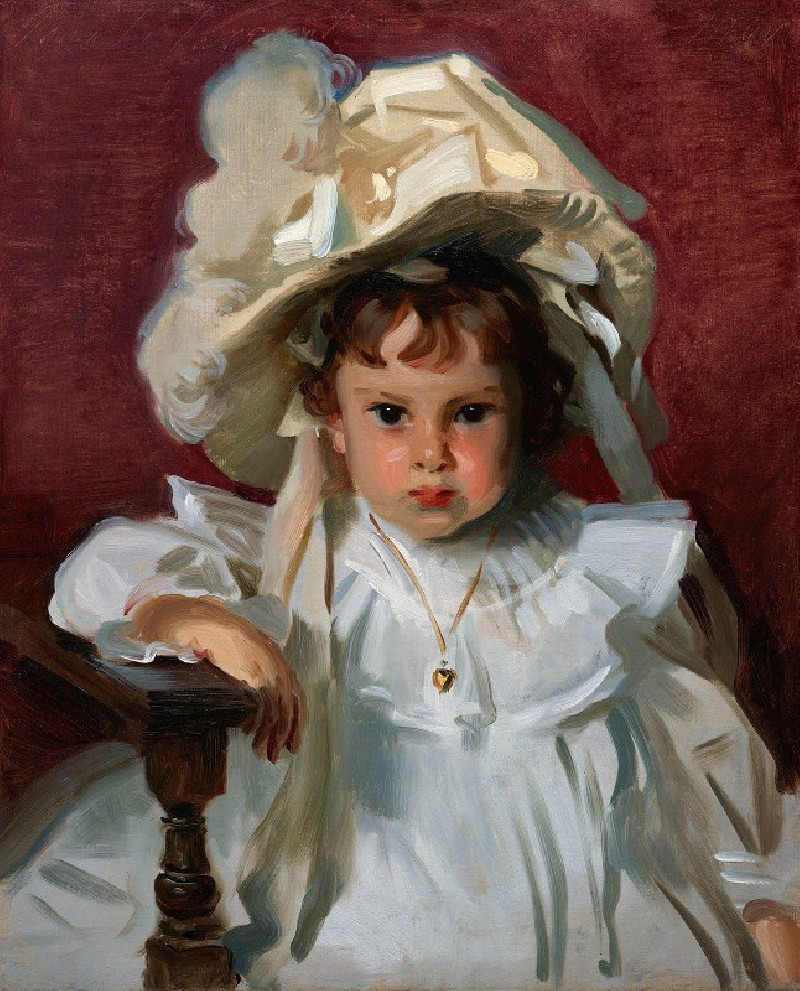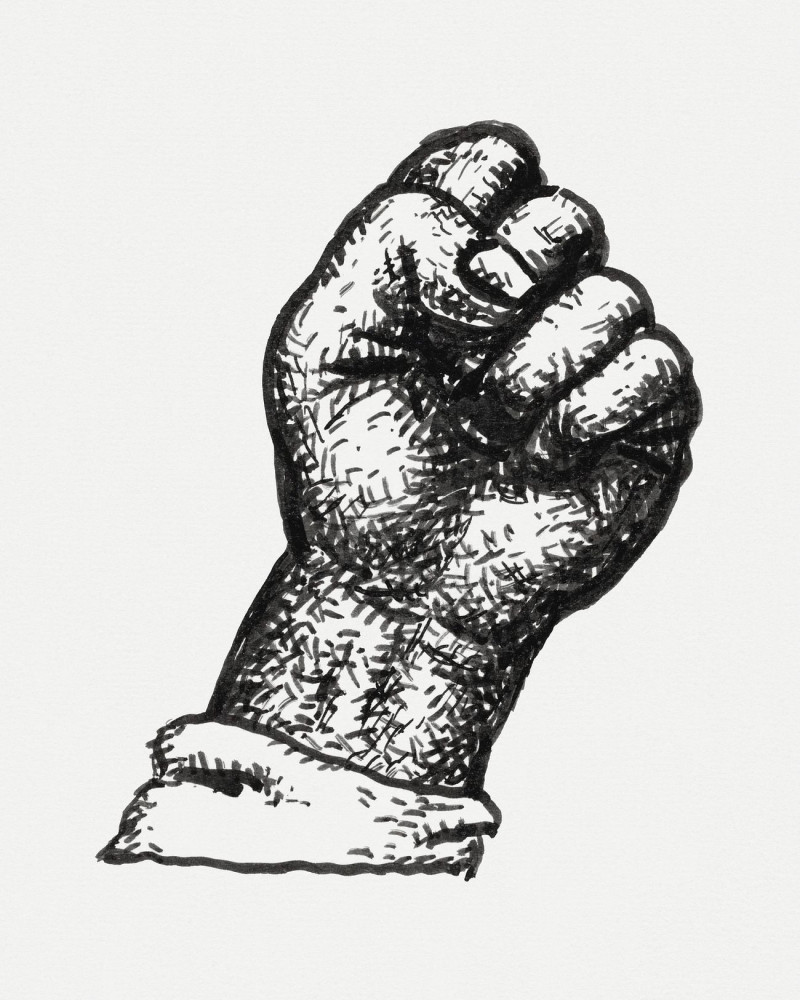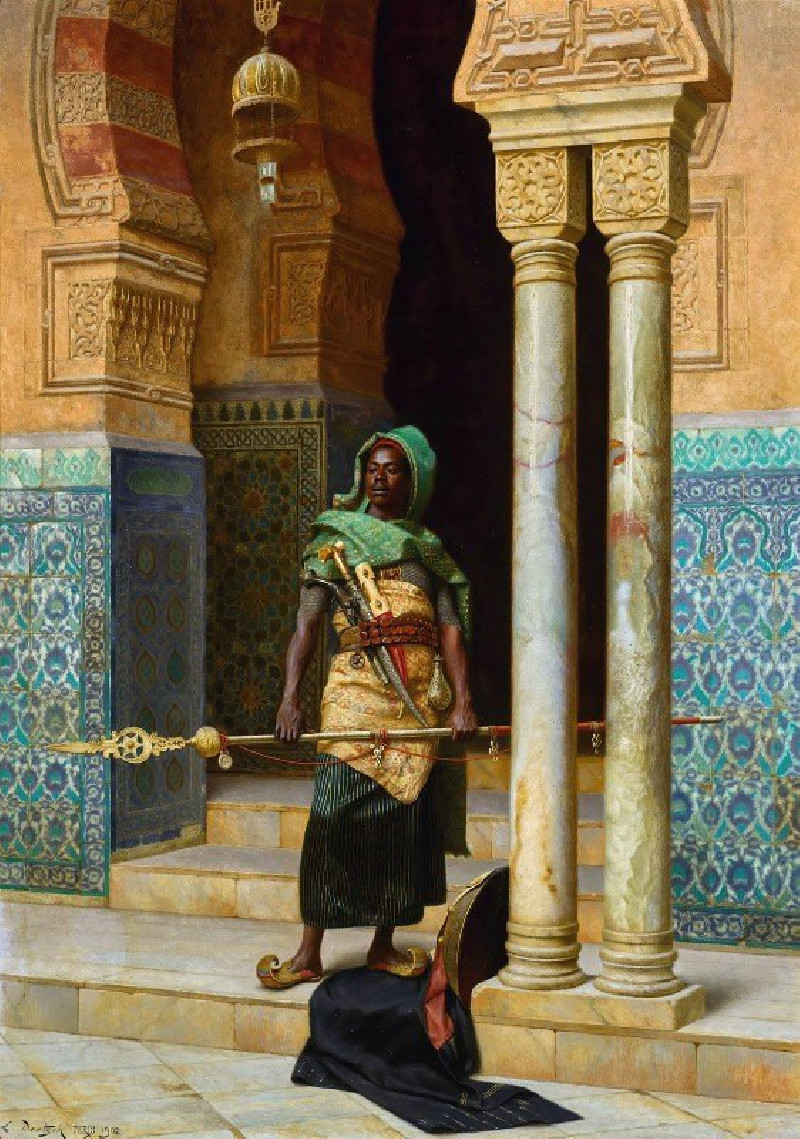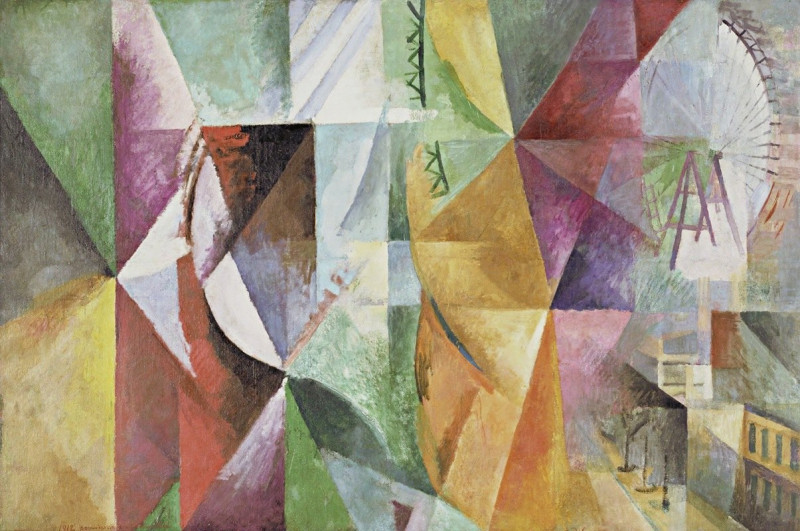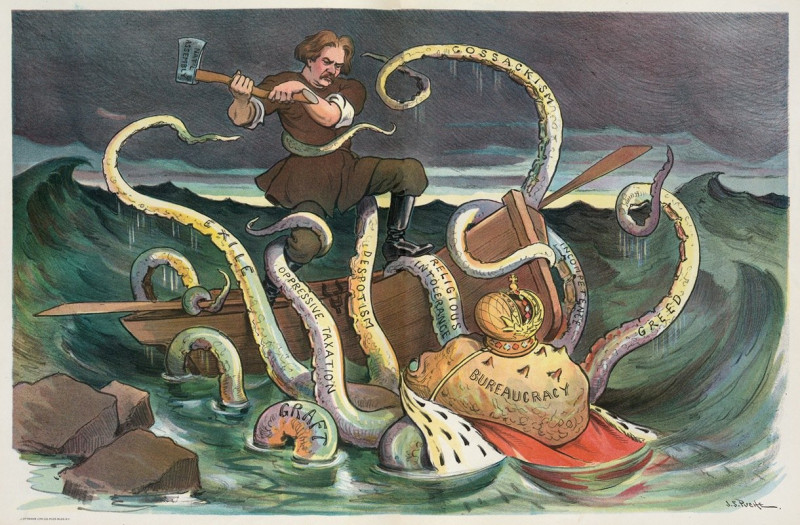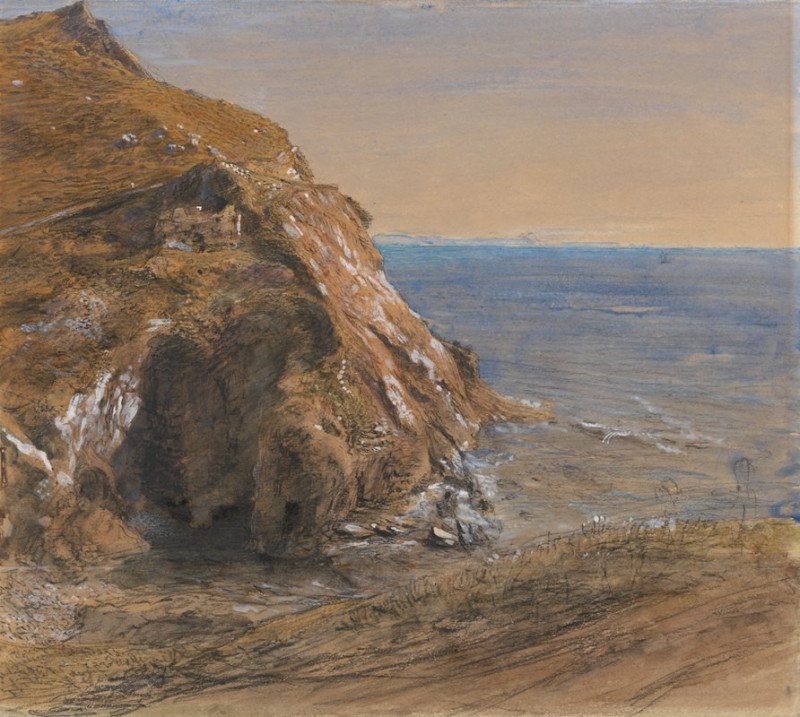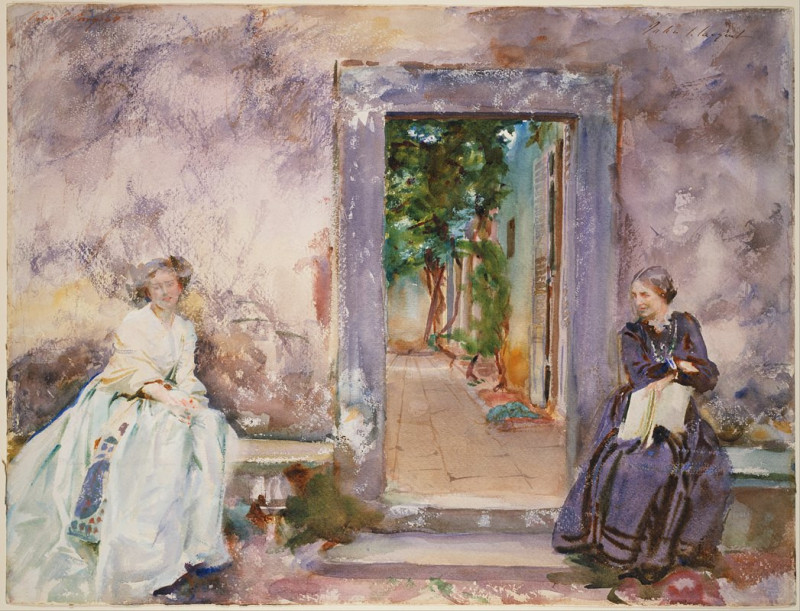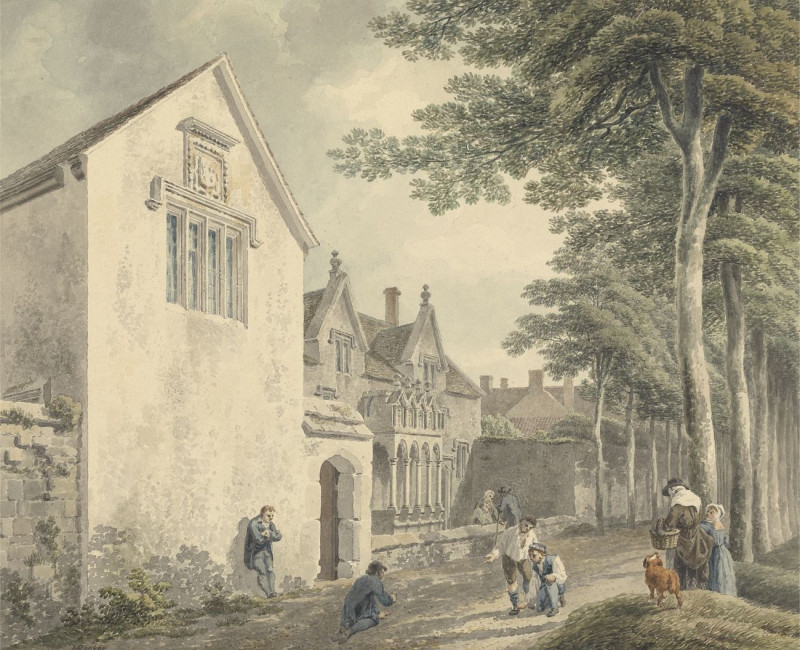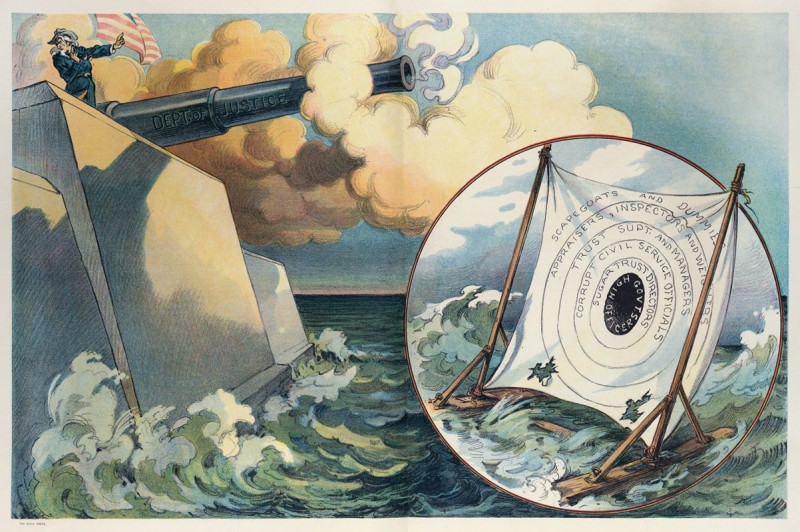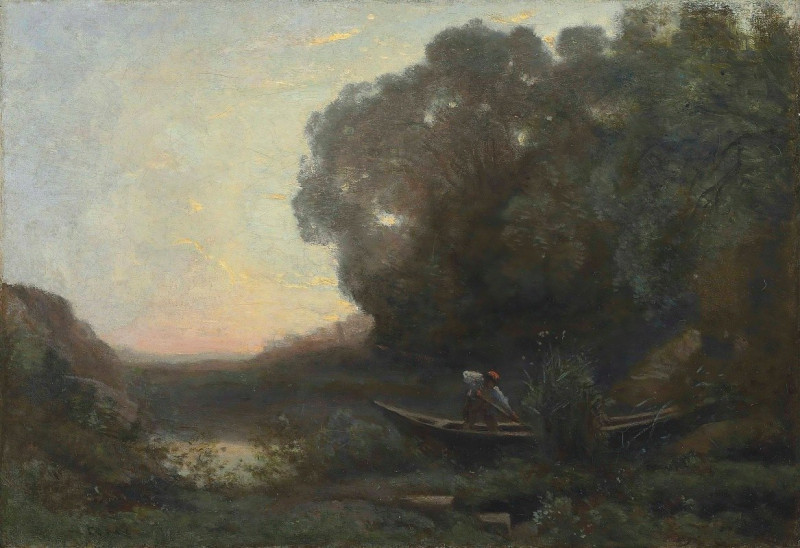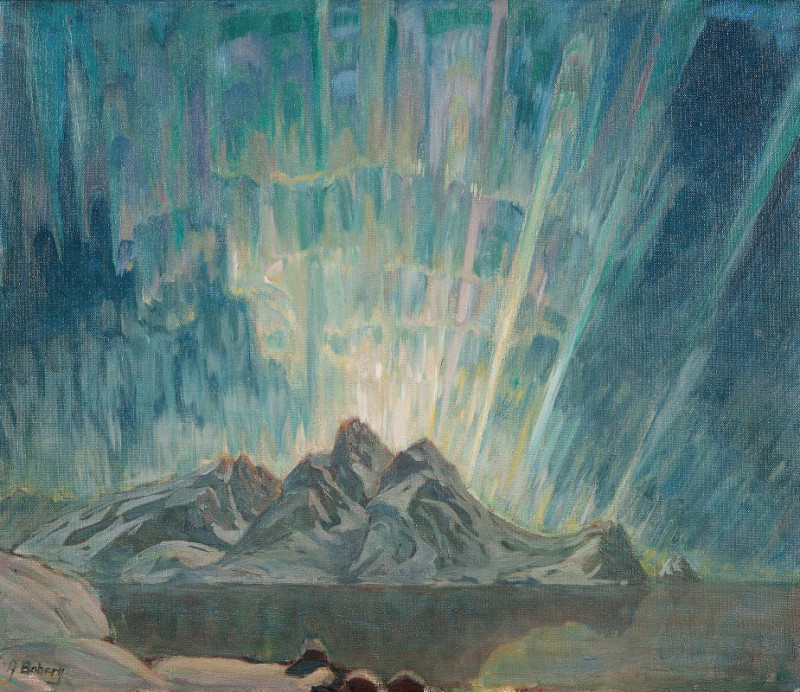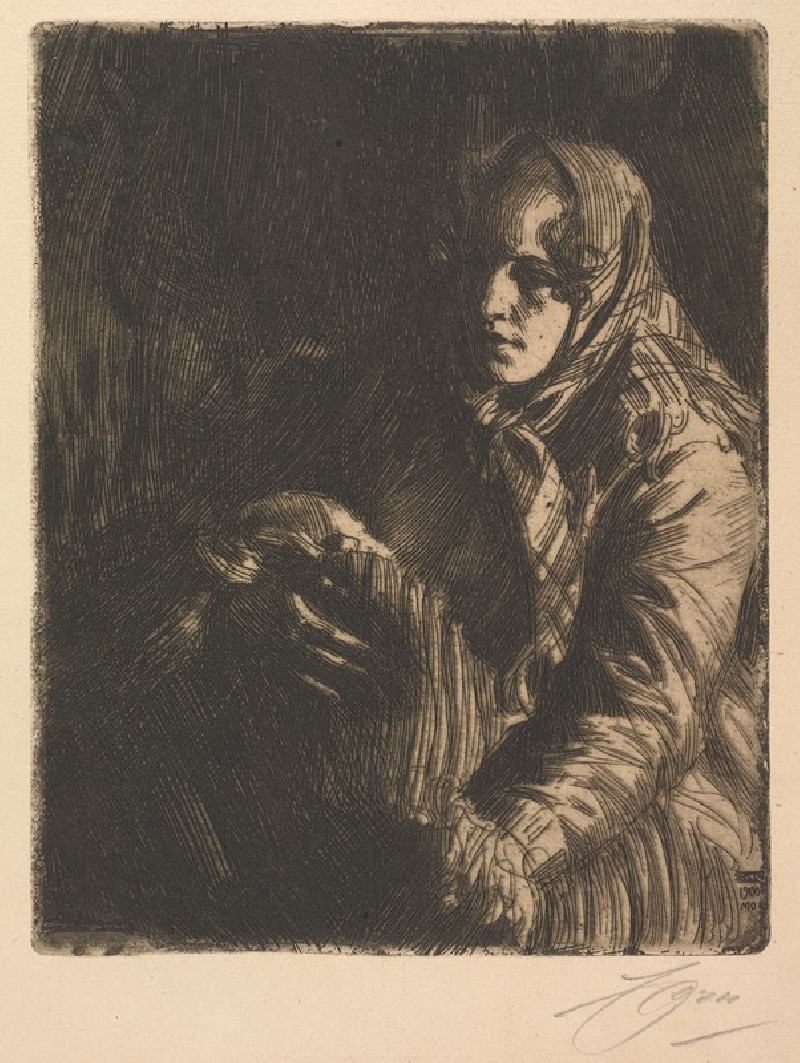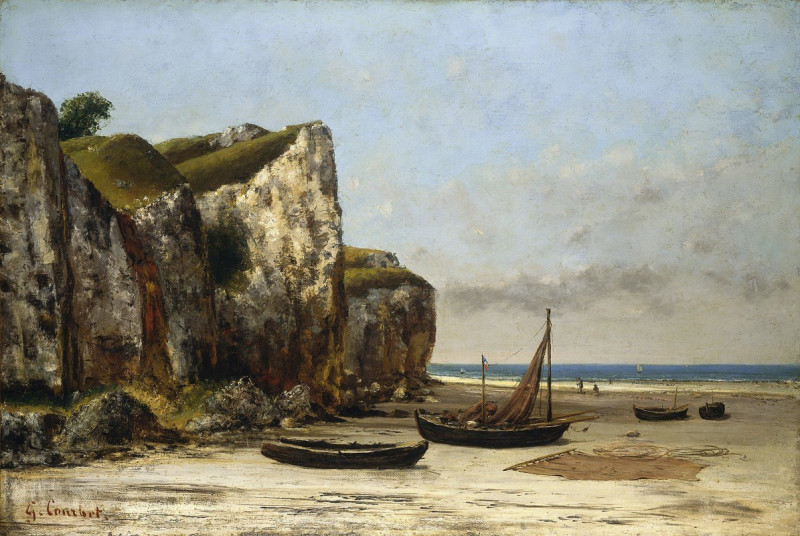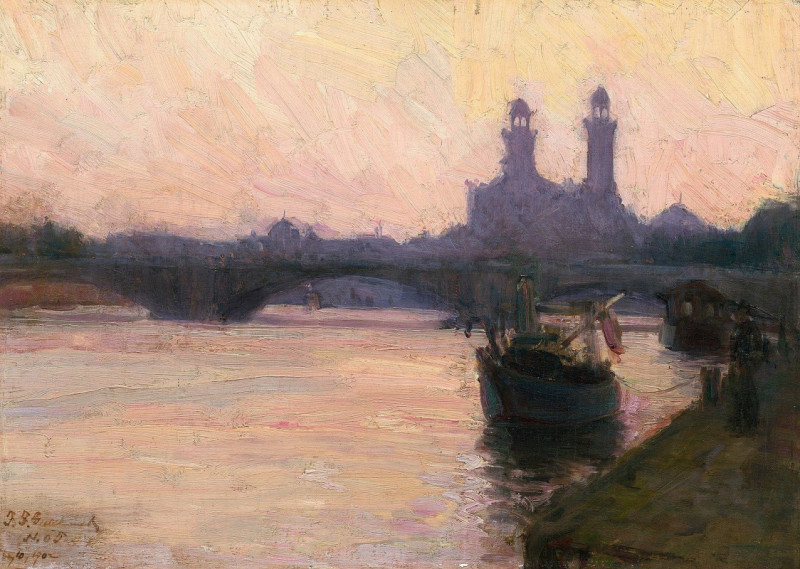Portrait of a Man (1619)
Technique: Giclée quality print
Recommended by our customers
More about this artwork
"Portrait of a Man," painted in 1619 by the famed Flemish artist Anthony van Dyck, reveals a striking representation of a male figure, bringing to life the rich textures and subtle complexities of human expression and finery. The painting depicts a man seated against a moody, dark backdrop, highlighted by a flowing red curtain to his right, which adds a dramatic contrast to the composition.The subject, portrayed in a three-quarter view, gazes directly at the viewer with an expression that mixes resolve with a hint of introspection. His face is marked by distinct features: sharp eyes, a well-groomed mustache and beard, and keenly rendered lines that suggest both youthfulness and experience. Van Dyck’s mastery in capturing the texture of the skin and the nuanced expressions makes the portrait almost seem alive.Dressed in the fashion of the 17th century, the man wears an opulent dark blue doublet, intricately embroidered with a delicate, lace-like pattern that bespeaks his status and taste. Over his shoulders, a large, starched white ruff frames his face, emphasizing the formality typical of the period’s attire. The sleeves of his garment are equally luxurious, decorated with a similar pattern and finished with fine lace at the cuffs, contributing to an overall sense of elegance and gravitas.This portrait not only showcases Van Dyck's skill as a portraitist but also serves as a fascinating glimpse into the fashion and societal norms of the early 17th century. The meticulous attention to detail, from the texture of the fabrics to the lifelike depiction of the man’s features, makes this painting a captivating study of its time.
Delivery
Returns
Sir Anthony van Dyck (1599 – 1641) was a Flemish Baroque artist who became the leading court painter in England after success in the Spanish Netherlands and Italy.
The seventh child of Frans van Dyck, a wealthy Antwerp silk merchant, Anthony painted from an early age. He was successful as an independent painter in his late teens, and became a master in the Antwerp guild in 1618. By this time he was working in the studio of the leading northern painter of the day, Peter Paul Rubens, who became a major influence on his work.
































